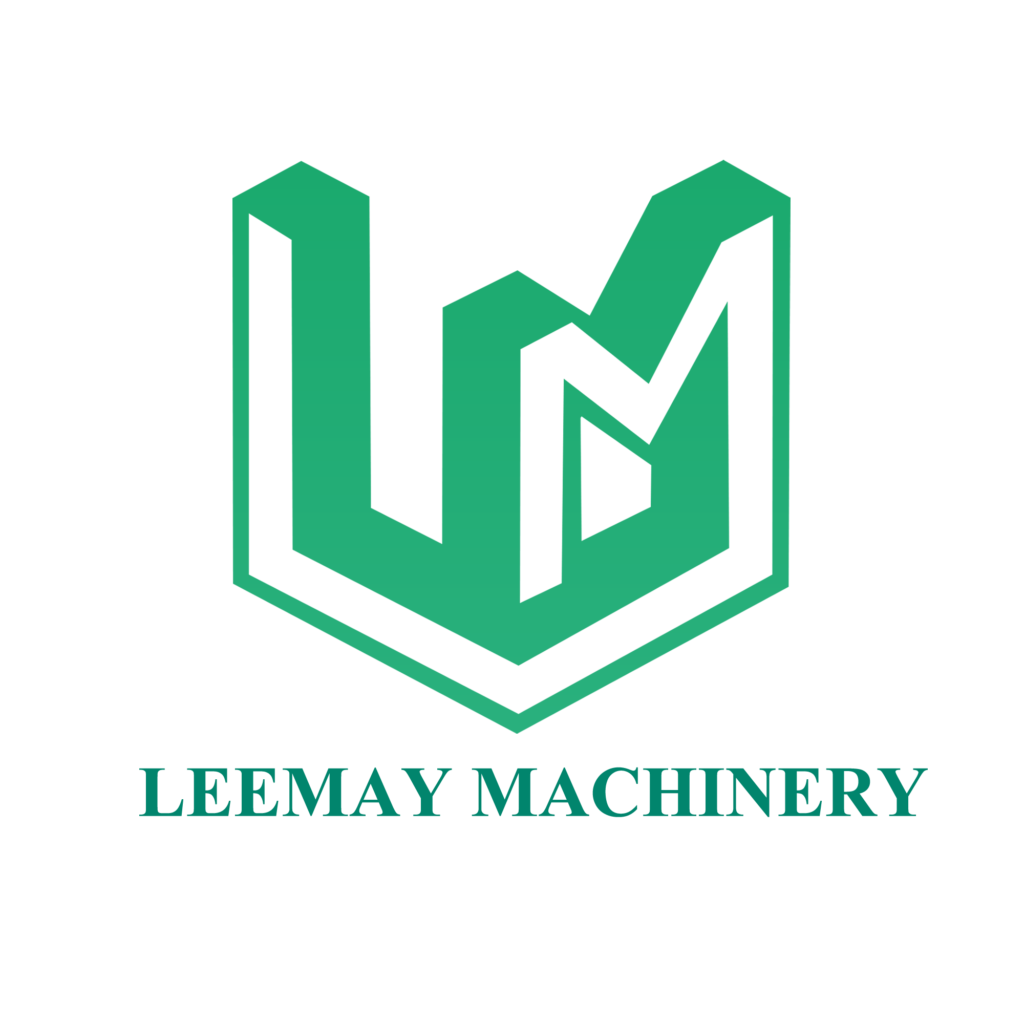In the beneficiation of hard-rock lithium ores such as spodumene and lepidolite, crushing is the first and most crucial stage. Its efficiency and cost directly affect the stability and profitability of downstream grinding and flotation operations.
However, due to the high hardness and strong abrasiveness of lithium ore, a single crusher often struggles to meet the requirements.
Today, Leemay Machinery shares how to solve the crushing challenge of high-hardness lithium ores through the jaw crusher + cone crusher combined process, explaining its key advantages and parameter settings.
1. The Challenge: Why Are Hard Lithium Ores So Demanding to Crush?
Spodumene has a Mohs hardness of 6.5–7, often occurring together with quartz and feldspar — minerals of similar hardness. This results in several operational challenges:
- Severe equipment wear:
If unsuitable crushers are used, vulnerable parts like hammers and impact plates wear out rapidly, driving up maintenance costs. - Excessive fines:
Impact crushers tend to generate too much fine powder when handling hard rocks, which not only wastes valuable material but also fails to meet the ideal feed size for grinding. - Low productivity:
A single machine cannot balance capacity and output size effectively, creating a bottleneck for the entire beneficiation plant.
2. The Solution: Why the Jaw + Cone Combination Is the Best Choice
This process combines the strengths of two crushers to form a high-efficiency, cost-effective, and stable crushing line.
Jaw Crusher – The Reliable Primary Crusher
- Role: Handles the first stage of crushing, processing large raw ore blocks.
- Advantages: Simple structure, reliable operation, easy maintenance, and strong adaptability to various materials. It ensures stable primary crushing and provides a suitable feed for secondary stages.
Cone Crusher – The Efficient Fine Crusher
- Role: Performs the secondary (or tertiary) crushing, reducing jaw crusher output to the mill feed size (typically -25 mm).
- Advantages:
- Laminar crushing principle: Material is broken through inter-particle compression, producing high-quality, cubic-shaped aggregates with minimal flaky content.
- Low over-crushing rate: Generates fewer fines than impact crushers, improving valuable material recovery.
- High wear resistance: Key components made of high-manganese steel are ideal for abrasive lithium ores, ensuring long service life.
Core Value of the Combined Process:
Each crusher performs its own role — the jaw crusher provides stable coarse crushing, while the cone crusher ensures efficient fine crushing. Together, they deliver a continuous, energy-efficient, and low-wear crushing process.

3. The Key: How to Set Core Parameters Correctly
Proper equipment selection and parameter configuration are essential for process success.
Here are the critical control points:
1. Jaw Crusher Parameters
- Feeding size: Should match the capacity of the excavator or feeder; maximum feed size ≈ 85% of the crusher’s inlet width.
- Discharge opening: Determines product size. For primary crushing, it’s usually set between 150–200 mm to maintain throughput and prepare ideal feed for the cone crusher.
2. Cone Crusher Parameters
- Cavity type selection:
- Standard type – for secondary crushing
- Short-head type – for fine crushing and smaller end products
- Discharge size: Adjust according to target output. For ball mill feeding, final product size should be ≤25 mm.
- Speed and stroke: Optimized combinations can enhance capacity and particle shape. These should be configured based on ore hardness and feed properties, guided by the manufacturer.
3. Closed-Circuit System
- Configuration: A vibrating screen is installed after the cone crusher to form a closed circuit.
- Process: Screened qualified materials go to storage, while oversized pieces return to the cone crusher for re-crushing.
- Benefit: Ensures uniform product size and significantly improves overall efficiency.
✅ Conclusion
For high-hardness lithium ores, the “Jaw Crusher + Cone Crusher + Closed Screening” process offers outstanding reliability, durability, and controllable particle size with minimal over-crushing.
This setup has become an industry-standard solution for lithium ore processing.
Accurate equipment selection and parameter settings are the key to unlocking the first step of lithium ore processing — contact Leemay Machinery for professional solutions and tailored production line quotations.

Leave a Reply